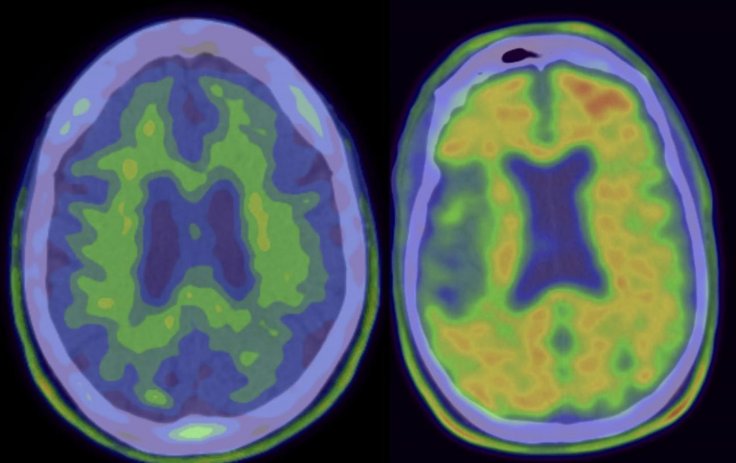Researchers have made a claim that the usage of antiepileptic drugs is associated with a bigger risk of death among the people who suffer from Alzheimer's disease. Antiepileptic drugs (AEDs) are the main type of treatment for the majority of the people with epilepsy for stopping the seizures.
The study was published in the journal named Neurology, it showed that there is an increase in the mortality risk considerably during the first three months of the treatment done with the usage of antiepileptic drugs.
Antiepileptic Drugs Threat to Patients Having Alzheimer's Disease

According to the authors from the University of Eastern Finland, death risk was higher among users of older antiepileptic drugs in comparison to users of a newer antiepileptic. The mortality risk was compared between antiepileptic drug users and matched non-users with Alzheimer's disease.
The findings showed that the increased risk remained after controlling for comorbidities, sociodemographic factors, and the use of other drugs. These initial findings are concerning, as people with Alzheimer's disease used antiepileptic drugs more frequently than people without the disease, and the use of older antiepileptics is more common among them, said the researchers.
The results also highlight caution in prescribing these drugs for indications other than epilepsy in the vulnerable group. These drugs are also frequently used for other indications, including neuropathic pain and behavioral and psychological symptoms of dementia, although antiepileptics are not officially indicated for behavioral and psychological symptoms of dementia.
(With agency inputs)









